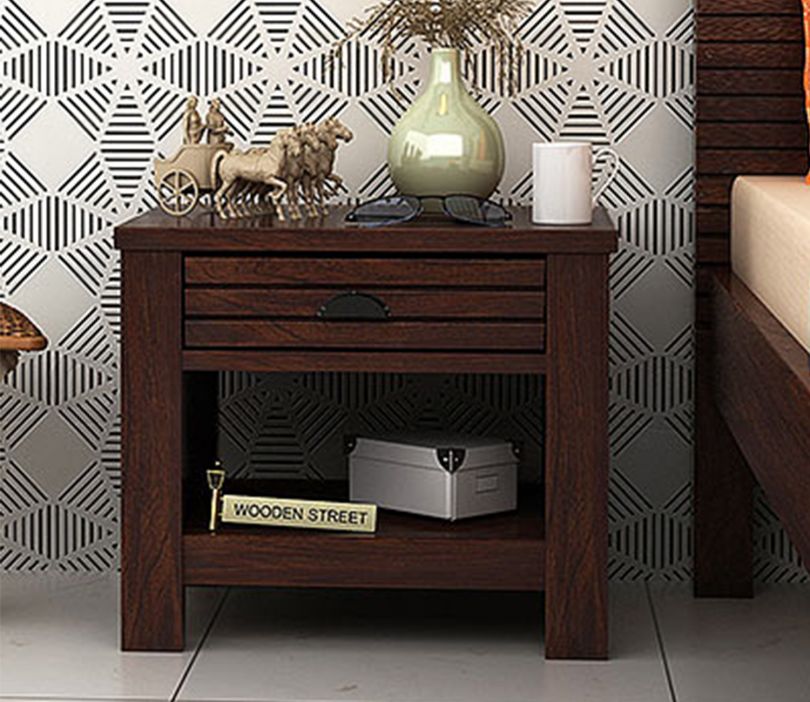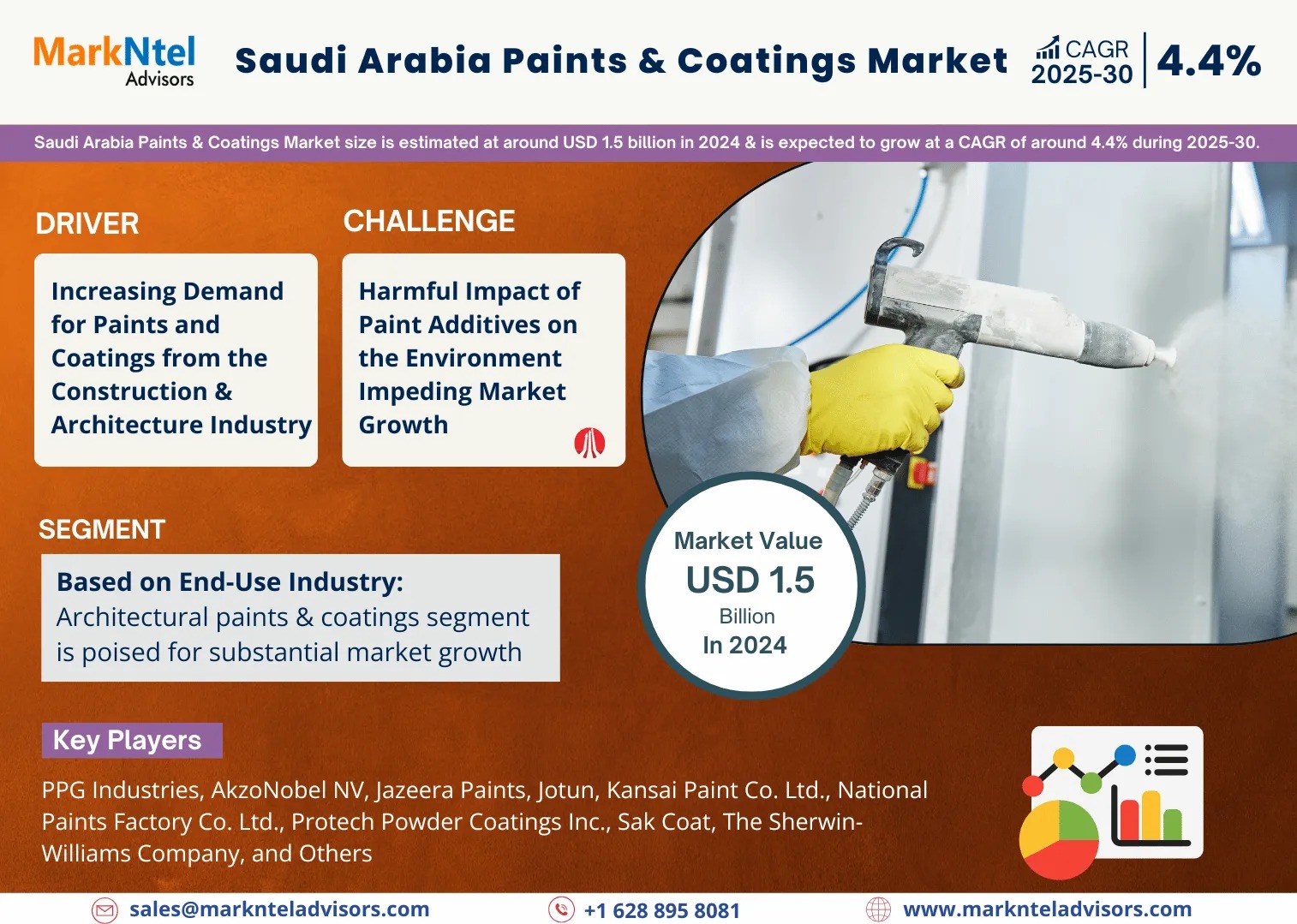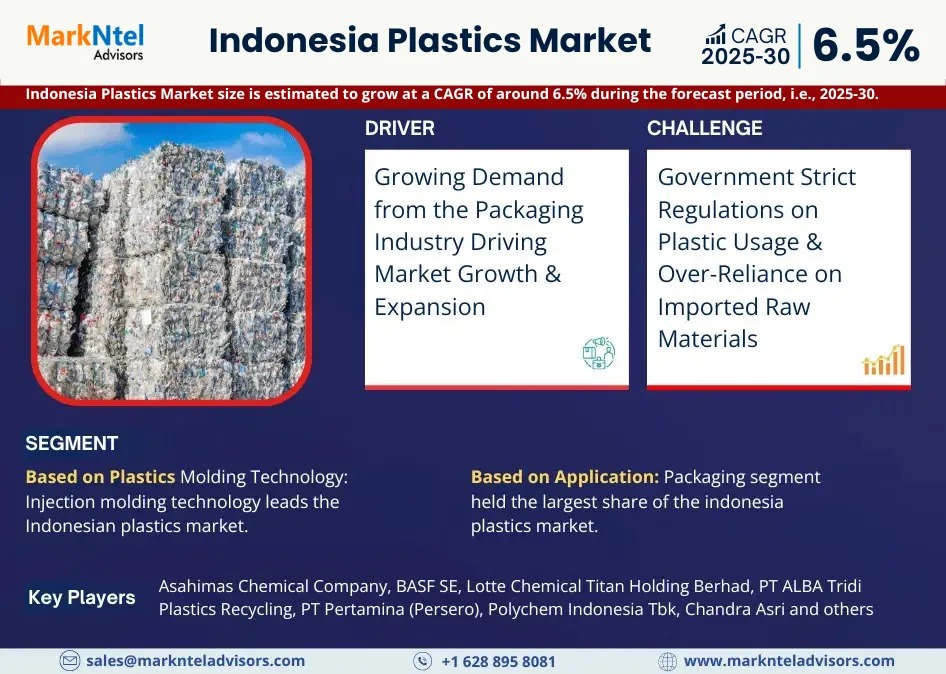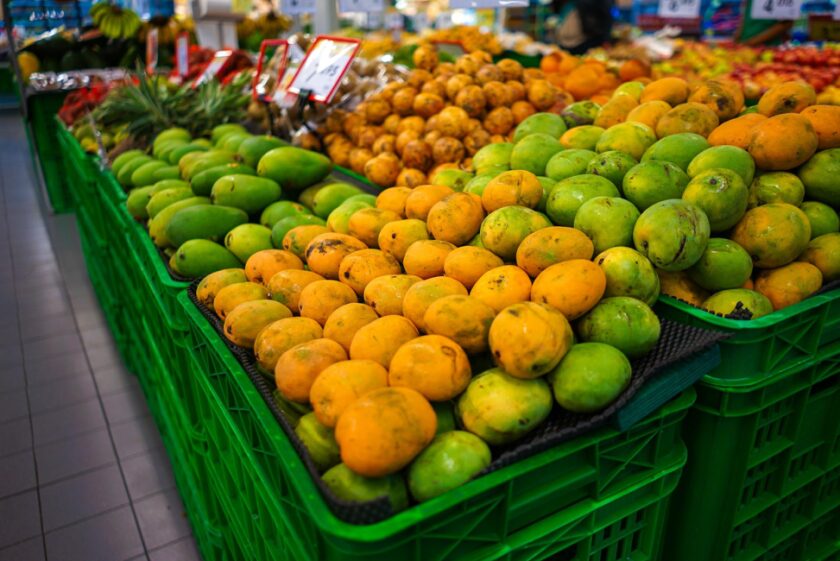
Discover essential tips for choosing the right kitchen flooring in Dubai, shared through a personal home renovation journey. Get expert insights on materials, climate compatibility, and design.
When I first moved into our villa in the heart of Dubai, I didn’t expect kitchen flooring to become one of the most challenging—and rewarding—aspects of our home renovation journey. At a glance, floors seemed like the least of my worries. After all, how complicated could it be to choose the right surface for one room?
As it turns out, kitchen flooring in Dubai is a matter that requires careful consideration, especially when you factor in the city’s unique climate, lifestyle, and design trends. Through weeks of research, vendor visits, and endless samples, I discovered essential tips that every homeowner in Dubai should know. I hope my experience will help you avoid common pitfalls and make confident, informed choices for your home.
Understanding the Dubai Climate
Let me begin with a critical point I hadn’t fully considered at first—the local climate. Dubai’s hot, dry summers and relatively mild winters significantly affect which kitchen flooring materials work best.
When I initially contemplated wooden flooring for the kitchen, a friend who had lived in Dubai longer than I had gently advised, “You may want to reconsider.” While wood adds a warm aesthetic, it can warp or crack due to the heat and fluctuating indoor humidity levels, especially if not installed correctly or maintained consistently.
Instead, I began looking into alternatives that could withstand the UAE’s temperature extremes without compromising on design. That led me to consider materials like porcelain tiles, luxury vinyl, and stone composites.
Prioritizing Durability and Functionality
As I researched options, one word kept appearing: durability. Kitchen flooring takes a beating—from cooking spills and heavy foot traffic to shifting appliances. In my household, where cooking is a daily ritual and guests often gather in the kitchen, the floor had to be tough and functional.
Eventually, I landed on porcelain tiles, which are known for being incredibly hard-wearing and moisture-resistant. They also hold up well against stains—an important factor when you’ve got young children prone to knocking over juice glasses.
To test the options, I took home several tile samples. Some had matte finishes, others were glossy. I even conducted a small experiment, spilling oil and vinegar on them and cleaning up after a few hours. The matte tiles won hands down—not only did they resist stains better, but they were also less slippery, making them safer.
Design Aesthetics Matter
Dubai is a city that appreciates elegance and innovation, and that reflects in interior design choices. I wanted our kitchen flooring to echo the same sophistication found in modern Dubai homes. At the same time, I aimed for a cohesive look with the rest of the house.
That’s where neutral tones with a textured finish came into play. I explored tile designs that mimicked natural stone and wood, which gave me the visual warmth of wood without the upkeep issues. A soft grey-toned porcelain tile eventually emerged as the ideal choice, blending well with our white cabinetry and stainless-steel appliances.
Transitioning from aesthetic inspiration to actual execution involved another key decision—tile size. Larger tiles meant fewer grout lines, which translated to easier maintenance and a more seamless visual flow. This simple tip transformed not just the look but also the practicality of our kitchen floor.
Think Long-Term Maintenance
One of the biggest lessons I learned was to prioritize ease of maintenance. Many materials may look appealing in showrooms but can become a nightmare when it comes to everyday cleaning.
For instance, I briefly considered natural stone because of its timeless elegance. But once I learned that it needs sealing every few months to maintain its integrity, I knew it wasn’t for me. With two kids, a full-time job, and limited household help, I needed something nearly self-sufficient.
Porcelain offered that luxury—requiring only regular sweeping and occasional mopping. Additionally, I chose a grout color close to the tile shade to mask any discoloration over time, a tip I picked up from a flooring expert in Al Quoz.
Budget Wisely, But Don’t Compromise
Of course, budget played a pivotal role. As I compared prices, I found that kitchen flooring in Dubai ranges widely—from AED 20 per square meter for basic vinyl to over AED 200 for premium Italian tiles.
At first, I was tempted to cut costs. But an interior designer friend advised me to think of flooring as an investment. “You walk on it every day. It grounds your space—literally and visually,” she said. That really stuck with me.
So I decided to allocate more of our renovation budget to flooring while saving on other elements like open shelving and lighting fixtures. In the long run, the high-quality tile not only enhanced the kitchen’s appeal but also added to the home’s overall value.
Installation Is Everything
Choosing the right material is only part of the equation. Proper installation is crucial. A poorly installed floor, even one made from premium materials, can quickly lead to cracks, shifting tiles, or uneven surfaces.
I hired a contractor who specialized in kitchen flooring and insisted on seeing previous work. We discussed expansion gaps, underlayment, and waterproofing. The attention to detail paid off—the tiles were laid with precision, and a protective sealant was applied to the grout.
Installation also gave me the chance to improve acoustics. We added a soundproofing underlay, which might sound excessive for a kitchen, but it significantly reduced echo, making conversations and cooking noise more pleasant.
Explore Local Suppliers and Hidden Gems
One advantage of living in Dubai is the abundance of options. From large showrooms in Dragon Mart and Dubai Design District to specialized flooring stores in Al Barsha and Deira, the choices are vast.
I found a boutique supplier in Satwa that imported Spanish tiles not available in the larger stores. Not only were their prices competitive, but the designs were truly unique. Building a relationship with a knowledgeable supplier proved beneficial—they advised me on tile thickness, heat resistance, and even offered samples for at-home testing.
Don’t hesitate to explore beyond the malls. Often, the best kitchen flooring options are tucked away in less obvious places.
Consider Sustainability
Sustainability might not be the first thought when choosing kitchen flooring, but it’s increasingly relevant. I was pleased to find eco-friendly porcelain tiles that used recycled materials and low-VOC adhesives.
Although slightly more expensive, choosing a sustainable option aligned with our household’s values. It’s a small contribution, but in a city like Dubai—where innovation meets environmental responsibility—it felt like the right step forward.
Final Thoughts: What I’d Do Differently
Looking back, the kitchen flooring journey taught me far more than I anticipated. It was about balancing design, function, climate compatibility, and personal preference.
If I could offer one piece of advice, it’s this: don’t rush the decision. Walk barefoot on samples, spill liquids on them, look at them in different lighting, and talk to people who’ve used the material.







